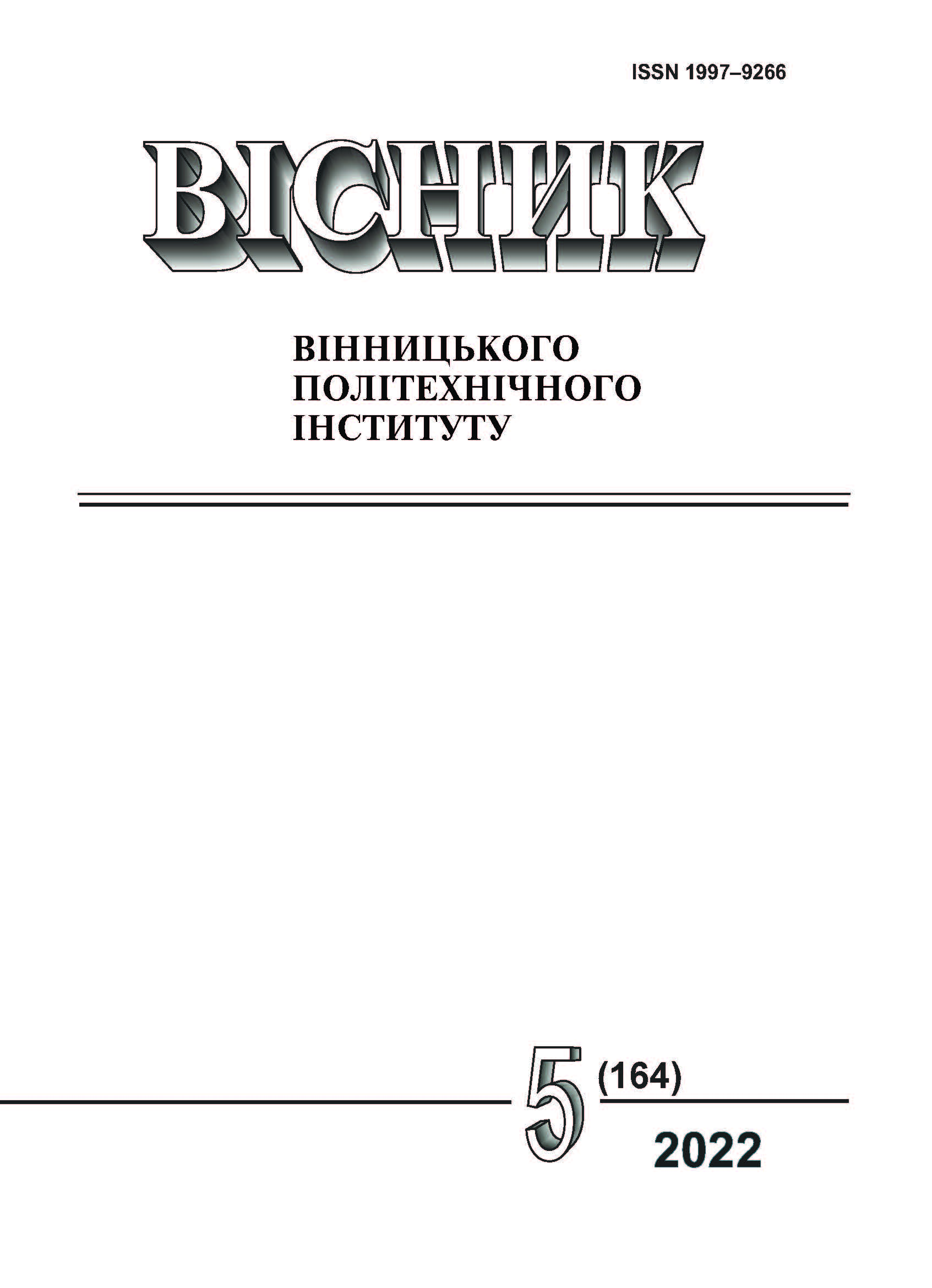Two-Parameter Gradient Optimization of Nyquist Window Function for Reduction of Out-Of-Band Emission in OFDM System
DOI:
https://doi.org/10.31649/1997-9266-2022-164-5-68-72Keywords:
OFDM, Nyquist pulse, Nyquist window function, energy, optimization, gradient descent methodAbstract
The relationship between Nyquist pulses in the time domain and Nyquist window functions used in orthogonal frequency division multiplexing (OFDM) technology has been investigated. One of the ways to approximate the transition region of Nyquist window functions using piecewise linear functions has been analyzed. This method allowed increasing the number of degrees of signal freedom through the introduction of two additional parameters. The spectral density of the selected two-parameter Nyquist window function has been determined. Optimization of the synthesized signal by the criterion of minimum energy in the first side lobes of its spectral density has been performed. To solve the optimization problem, the gradient descent method with minimization of the function at each stage of the iteration by the golden section method is chosen. In the MATLAB programming environment, program has been created that works according to the selected optimization algorithm. With the maximum allowable relative error ε =10–3, the number of iterations of the gradient search method is 2 iterations. It is established that at the optimal values of the signal parameters the amount of energy concentrated in the first three side lobes of its spectral density is 12.6 dB less than for the rectangular window function. The graphs for the synthesized window function with optimal parameters in time and frequency domain are given in this paper. The use of the two-parameter Nyquist window function with reduced level of spectral density of the side lobes allows reducing the level of out-of-band radiation of the OFDM signal and increasing the resistance of the system with many subcarriers to frequency offsets caused by the mutual movement of the transmitter and receiver. It should be noted that the chosen gradient search algorithm is universal and can be used to optimize the Nyquist window functions by different criteria and regardless of the number of signal parameters.
References
Andreas F. Molisch, Wireless communications. Chichester, United Kingdom: John Wiley & Sons Ltd, 2011, 827 p.
P. Tan, and N. C. Beaulieu, “Analysis of the effects of Nyquist pulse-shaping on the performance of OFDM,” European Transactions on Telecommunications, 20, pp. 9-22, 2009. https://doi.org/10.1002/ett.1316 .
N. C. Beaulieu, C. C. Tan, and M. O. Damen, “A ‘better than’ Nyquist pulse,” IEEE Commun. Lett., vol. 5, no. 9, pp. 367–368, Sep. 2001. https://doi.org/10.1109/4234.951379 .
Э. А. Сукачёв, Введение в теорию сигналов Найквиста. Одесса, Украина: Освіта України, 2016, 108 с.
H. F. Arrano, and C. A. Azurdia-Meza, “ICI reduction in OFDM systems using a new family of Nyquist-I pulses,” IEEE Latin America Transactions, vol. 13, no. 11, pp. 3556-3561, Nov 2015. https://doi.org/10.1109/TLA.2015.7387930 .
J. G. Proakis, Digital Communications, 2nd ed. New York: McGraw-Hill, 1989.
Э. А. Сукачёв, и Д. Ю. Бухан, Корреляционный анализ детерминированных сигналов. Одесса, Украина: Освіта України, 2014, 134 с.
Б. Банди, Методы оптимизации. Вводный курс. М.: Радио и связь, 1988, 128 с.
А. В. Аттетков, С. В. Галкин, и В. С. Зарубин, Методы оптимизации. М.: Изд-во МГТУ им. Н.Э. Баумана, 2003, 440 с.
А. Б. Сергиенко, Цифровая обработка сигналов. Санкт-Петербург, Россия: Питер, 2003, 608 с.
Downloads
-
PDF (Українська)
Downloads: 76
Published
How to Cite
Issue
Section
License

This work is licensed under a Creative Commons Attribution 4.0 International License.
Authors who publish with this journal agree to the following terms:
- Authors retain copyright and grant the journal right of first publication.
- Authors are able to enter into separate, additional contractual arrangements for the non-exclusive distribution of the journal's published version of the work (e.g., post it to an institutional repository or publish it in a book), with an acknowledgment of its initial publication in this journal.
- Authors are permitted and encouraged to post their work online (e.g., in institutional repositories or on their website) prior to and during the submission process, as it can lead to productive exchanges, as well as earlier and greater citation of published work (See The Effect of Open Access).





